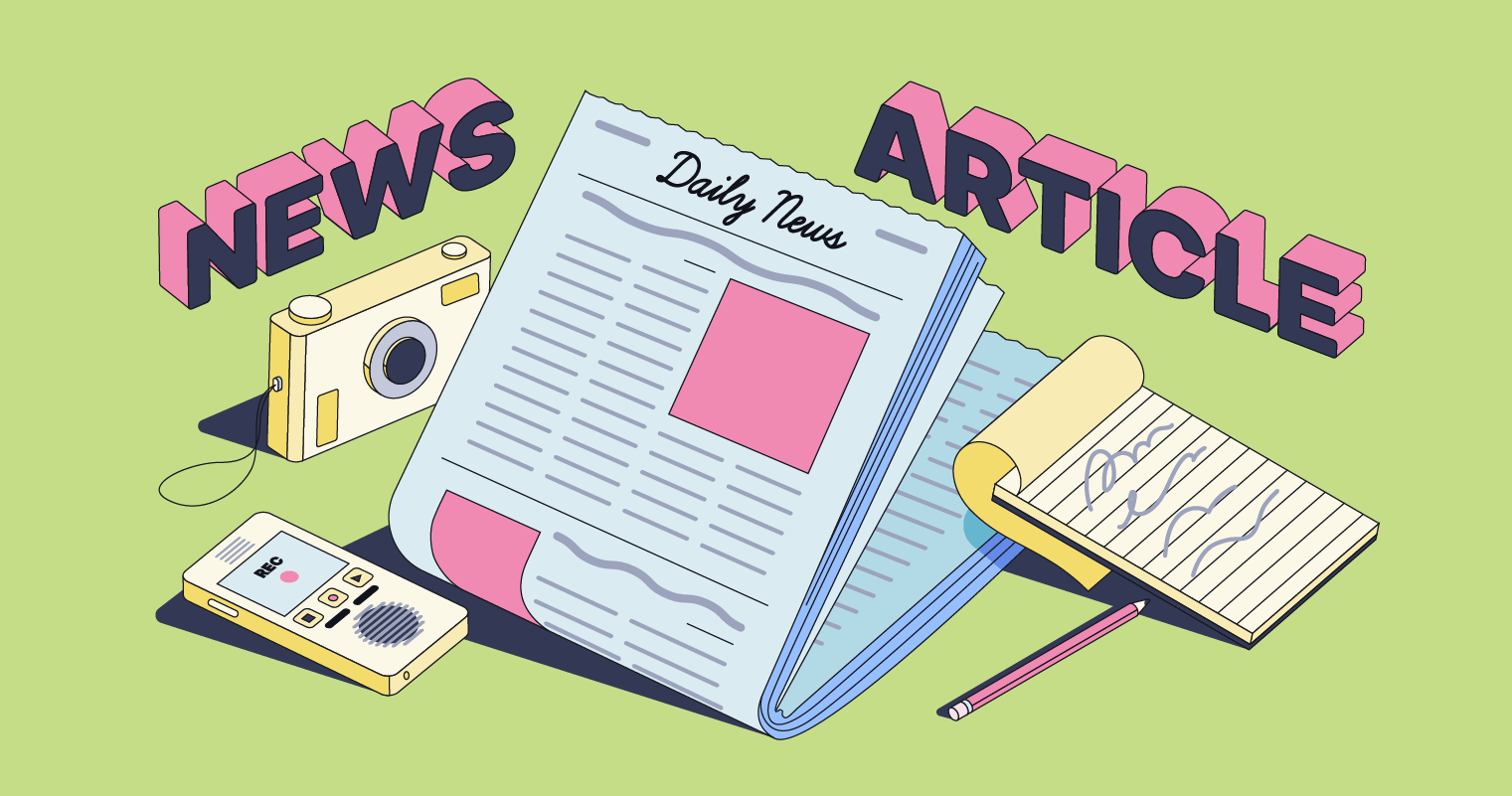Rumored Buzz on News Articles
Some Of News Articles
Table of ContentsThings about News ArticlesThings about News ArticlesWhat Does News Articles Mean?How News Articles can Save You Time, Stress, and Money.How News Articles can Save You Time, Stress, and Money.
Excellent understanding of different subjects offers trainees an one-upmanship over their peers. Also though digital and social networks are readily easily accessible, we should not fail to remember how essential it is to review the papers. Parents should try and instill the routine of reading a newspaper as a daily routine to proceed the heritage of the adored print tool.Newspaper article likewise have at the very least one of the adhering to vital attributes family member to the designated target market: closeness, importance, timeliness, human rate of interest, curiosity, or consequence. The relevant term journalese is in some cases utilized, normally pejoratively, to describe news-style writing. One more is headlinese. Newspapers normally abide by an expository writing style.
Within these limits, information tales additionally aim to be thorough. Among the bigger and much more highly regarded newspapers, fairness and balance is a major variable in providing details.
Papers with an international audience, for instance, often tend to utilize a more official style of creating. The certain options made by an information outlet's editor or editorial board are often gathered in a design guide; usual design overviews consist of the and the United States News Style Publication. The main objectives of news writing can be summed up by the ABCs of journalism: accuracy, brevity, and quality.
More About News Articles
Generally, reporters will certainly not use a lengthy word when a short one will certainly do. They utilize subject-verb-object building and brilliant, active prose (see Grammar). They supply narratives, instances and metaphors, and they hardly ever depend on generalizations or abstract ideas. Information authors try to stay clear of utilizing the same word greater than as soon as in a paragraph (occasionally called an "echo" or "word mirror").
However, headings sometimes leave out the topic (e.g., "Leaps From Boat, Catches in Wheel") or verb (e.g., "Pet cat lady fortunate"). A subhead (likewise subhed, sub-headline, subheading, subtitle, deck or dek) can be either a subordinate title under the main headline, or the heading of a subsection of the article. It is a heading that comes before the main text, or a team of paragraphs of the major message.

Extra billboards of go to my site any of these kinds may show up later on in the article (specifically on succeeding pages) to tempt additional reading. Such signboards are likewise made use of as guidelines to the write-up in other areas of the magazine or website, or as ads for the item in other magazine or sites. Regular framework with title, lead paragraph (summary in strong), other paragraphs (information) and get in touch with information.

Example of a hard-lead paragraph NASA is proposing another space project. The agency's budget demand, introduced today, consisted of a strategy to send out one more objective to the Moon. This time around the agency hopes to establish a long-term center as a jumping-off factor for various other area experiences. The budget plan requests approximately $10 billion for the project.
The NASA statement came as the agency requested $10 billion of appropriations for the task. An "off-lead" is the second most crucial front page information of the day. The off-lead shows up either in the top left corner, or straight below the lead on the right. To "hide the lead" is to start the short article with history info or details of second value to the viewers, requiring them to learn more deeply into an article than they need to have to in order to uncover the essential factors.
9 Easy Facts About News Articles Explained
Typical usage is that one or two sentences each form their own paragraph. Reporters generally describe the organization or framework of a newspaper article as an upside down pyramid. The vital and most intriguing components of a story are put at the beginning, with supporting info adhering to in order of reducing relevance.
It allows people to explore a topic to only the depth that their curiosity takes them, and without the imposition of details why not look here or nuances that they could think about pointless, however still making that info offered to a lot more interested viewers. The upside down pyramid framework likewise allows posts to be trimmed to any type of arbitrary length during layout, to suit the room readily available.
Some writers begin their tales with the "1-2-3 lead", yet there are many kinds of lead readily available. A twist can refer to numerous points: The last story in the information program; a "pleased" story to finish the show.
Longer short articles, such as publication cover you can look here write-ups and the pieces that lead the within areas of a newspaper, are recognized as. Function stories vary from straight news in numerous means. Foremost is the lack of a straight-news lead, a lot of the moment. Rather than offering the significance of a story in advance, function authors may try to draw readers in.
The smart Trick of News Articles That Nobody is Discussing
An attribute's initial paragraphs frequently associate an appealing minute or occasion, as in an "unscientific lead". From the details of an individual or episode, its sight promptly widens to generalizations about the tale's topic.

The Editor's Toolbox: A Reference Overview for Beginners and Professionals (2001) Allan M. Siegal and William G. Connolly. The New York Times Handbook of Style and Use: The Official Design Guide Utilized by the Writers and Editors of the World's A lot of Authoritative Paper (2002) M. L. Stein, Susan Paterno, and R.